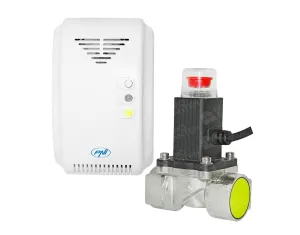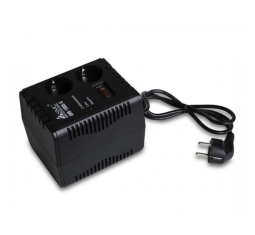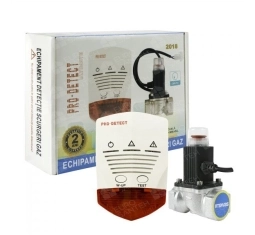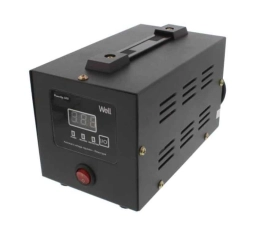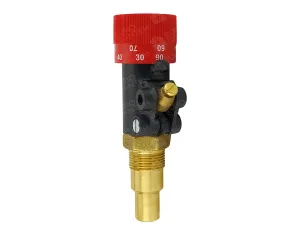Voltage stabilizers, gas valves
In the realm of modern utilities, two essential components play a pivotal role in maintaining stability and safety: voltage stabilizers and gas valves. Whether you're dealing with electronic devices sensitive to voltage fluctuations or ensuring the controlled flow of gas in heating systems, these components are crucial. Let's delve into the importance of voltage stabilizers and gas valves, exploring their functions, selection criteria, and best practices for installation and maintenance.
Voltage Stabilizers:
Automatic Voltage Regulation:
- Voltage stabilizers are designed to regulate and stabilize the voltage supplied to electronic devices. They ensure a consistent and optimal voltage level, preventing damage caused by fluctuations.
Surge Protection:
- Modern stabilizers often come equipped with surge protection features, safeguarding connected devices from sudden spikes in voltage. This surge protection is vital for the longevity of electronic equipment.
Energy Efficiency:
- Quality voltage stabilizers operate efficiently, minimizing energy consumption while effectively stabilizing voltage. This contributes to energy savings and reduces operational costs over time.
Compatibility and Capacity:
- When selecting a voltage stabilizer, it's essential to ensure compatibility with the connected devices and assess its capacity to handle the power requirements of the entire system.
Gas Valves in Heating Systems:
Flow Regulation:
- Gas valves control the flow of gas into heating systems, determining the amount of fuel delivered to the burner. This precise regulation is crucial for maintaining optimal combustion and heating efficiency.
Safety Measures:
- Gas valves include safety features to shut off the gas supply in case of a malfunction or irregularities, preventing potential hazards such as gas leaks.
Automatic Functionality:
- Modern gas valves often feature automatic control systems that adjust gas flow based on heating requirements. This automation contributes to the overall efficiency of the heating system.
Compatibility with Heating Equipment:
- Gas valves must be compatible with the specific heating equipment they serve. Different models and types of heating systems may require different types of gas valves.
Selection Criteria for Voltage Stabilizers and Gas Valves:
System Requirements:
- Assess the specific requirements of your electronic devices or heating system to determine the appropriate capacity and features needed in a voltage stabilizer or gas valve.
Brand Reputation:
- Opt for reputable brands known for manufacturing high-quality voltage stabilizers and gas valves. Reliable brands often provide better performance and durability.
Safety Features:
- Prioritize models with advanced safety features, such as overload protection in stabilizers and emergency shut-off mechanisms in gas valves.
Professional Installation:
- Both voltage stabilizers and gas valves should be installed by qualified professionals to ensure proper integration with the existing systems and compliance with safety standards.
Installation and Maintenance Best Practices:
Professional Installation Services:
- Engage the services of certified professionals for the installation of voltage stabilizers and gas valves. Proper installation is critical for optimal performance and safety.
Regular Inspections:
- Conduct periodic inspections of both the stabilizer and gas valve to identify any signs of wear, corrosion, or malfunction. Timely inspections can prevent potential issues before they escalate.
Prompt Replacement of Faulty Components:
- If any components are found to be faulty during inspections, replace them promptly to avoid compromising the performance and safety of the system.
Conclusion:
Voltage stabilizers and gas valves are unsung heroes in the realm of utilities, ensuring stability, safety, and efficiency. Whether you're safeguarding electronic devices from voltage fluctuations or regulating gas flow in a heating system, these components are indispensable. Choosing high-quality models, ensuring professional installation, and adhering to regular maintenance practices are key to reaping the benefits of stable and secure utility systems. The investment in reliable voltage stabilizers and gas valves pays off in the form of prolonged equipment life, reduced energy costs, and, most importantly, peace of mind.
